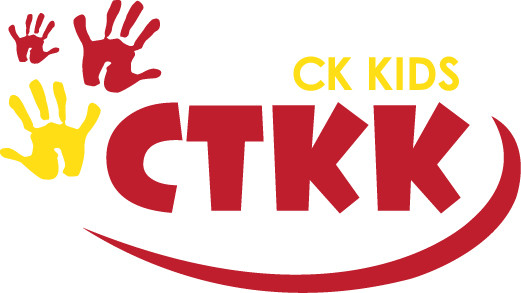
Daylight Saving Time Tips for Parents: Everything Parents Need to Know
Get kid-friendly activities sent to you!
Get the Best Kid-Friendly Activities
Sent to You Weekly!
Eat a Picnic Dinner
There’s nothing better than dining al fresco, whether it’s at a restaurant that has outdoor seating, in a backyard (if you’re lucky enough to have one), or on a building’s rooftop terrace. I really love spreading out a blanket and dining among nature (and other picnickers) at the local park. Make sure to check this list of favorite picnicking spots to see if there’s one where you haven’t dined. Stumped on what to pack for dinner? I love hummus and veggies, fresh fruit, sandwiches or kid-friendly sushi, and cheese and crackers.
Enjoy a Family Bike Ride
Another way to burn off your kids’ excess energy that comes with warmer weather is to go for a bike ride. Heck, you could even ride your bike to your favorite picnicking spot for an extra-hour double-whammy! Just make sure to buy a helmet that fits properly, learn your state’s bicycle laws, and keep everyone safe on the bike ride.
Germinate Seeds and Work in the Garden
I have fond memories of helping my dad start seeds and then plant them in the garden after school and on the weekends. And eating the vine-ripened tomatoes—there are no words for how scrumptious they are—trust me. Early spring is when gardeners typically start seeds indoors for a summer garden, and ‘springing forward’ means it’s time to get planting. When it’s finally time to transplant the seedlings, take advantage of the time after work and school and get your kids to play in the dirt.
Become a Guerilla Gardener
If you don’t have a green thumb, or the space to garden, a fun option is to make seed grenades with your kids to help beautify the neighborhood—just make sure you use seeds for native wildflowers!
Want to be really wild? Ride your bikes to a playground and enjoy a picnic dinner with veggies you grew in your garden and leave a few seed grenades behind.
Tips for Staying Healthy and Safe When Daylight Saving Time Ends
Navigating can be harder when the sun sets, and once the time change occurs, it will start getting dark around 4:45pm. In fact, pedestrians walking around at dusk are nearly three times more likely to be struck and killed by cars in the days following the end of Daylight Saving Time than just before the time change.
Make sure everyone gets home safe by:
-
Reviewing the route. If your child walks home or to nearby transportation, be sure to go over those common routes when the sun sets to ensure they know where they’re going.
-
Utilizing mini flashlights. Buy a small flashlight that can be easily hooked onto a keychain or backpack.
-
Attaching reflectors. Not only should all bikes and scooters have them, but pedestrians should also wear them on clothing.
The colder (and darker) months can wreak havoc on everyone’s health. Not only is it cold and flu season, but there’s also a higher likelihood of developing seasonal affective disorder.
Keep the whole family healthy by:
-
Moving together. Take advantage of that extra hour of daylight with a brisk early morning walk—the whole family can do it together. Don’t want to bundle up? Do some yoga or an exercise DVD in the comfort of your own home. Exercising during the day can help boost everyone’s mood and help your family sleep soundly later on.
-
Getting some vitamin D. The decrease in sunlight means less exposure to ultraviolet B (UVB) rays and less vitamin D, which is needed for a healthy immune system. Eat vitamin D-rich foods like fatty fishes and fish oils such as salmon, mackerel, and cod liver oil. You can also get vitamin D through egg yolks, vitamin D-fortified milk, and other dairy products. Consider talking to your own doctor, as well as your child’s pediatrician, about a daily multivitamin or vitamin D supplement that contains the recommended 600 IU of vitamin D (for ages 1 and older).
- Buying in-season veggies. The end of summer doesn’t mean the end of fresh produce. Beets, broccoli, sweet potatoes, carrots, eggplants, and kale are just a few of the vegetables that are better in the fall—and are super-healthy for your family.








